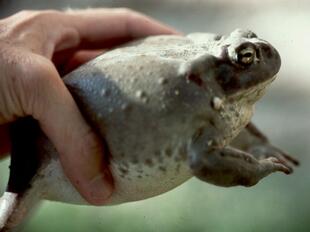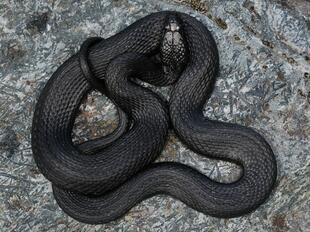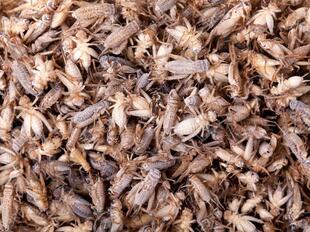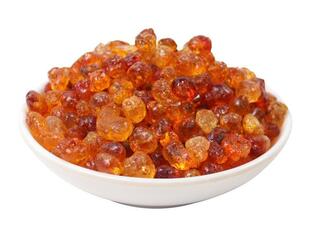
Hippopotamus(Hippopotamus amphibius)
Phylum —chordata
Class — mammalia
Order — artiodactyla
Family — hippopotamidae
Genus – hippopotamus
Appearance
Hippos are among the largest living land mammals, being only smaller than elephants and some rhinoceroses. Mean adult weight is around 1,500 kg (3,310 lb) and 1,300 kg (2,870 lb) for males and females respectively, very large males can reach 2,000 kg (4,410 lb).
Hippos have barrel-shaped bodies with short legs and long muzzles.The eyes, ears, and nostrils of hippos are placed high on the roof of their skulls. This allows these organs to remain above the surface while the rest of the body submerges.
Unlike most other semiaquatic animals, hippos have very little hair. The skin is 6 cm (2 in) thick, providing it great protection against conspecifics and predators. By contrast, its subcutaneous fat layer is thin.
The animals' upper parts are purplish-grey to blue-black, while the under parts and areas around the eyes and ears can be brownish-pink.
Their skin secretes a natural sunscreen substance which is red-coloured. The secretion is sometimes referred to as "blood sweat", but is neither blood nor sweat. This secretion is initially colourless and turns red-orange within minutes, eventually becoming brown.
Habitat
The original range of this species used to cover sub-Saharan Africa. The small current range of hippos includes East African countries such as Tanzania, Zambia and Mozambique.
Behavior
Hippos are highly social, nocturnal and sedentary animals. They usually form groups of 20 - 100 individuals that are led by females, who occupy the core areas of their resting pools. Males of the group are responsible for protecting females and young. Hence, they remain in the outer banks of these resting pools. The daytime hours are typically spent resting. At dusk, the animals come out of their shelters to forage.
Hippos are normally non-territorial, except when in the water. Males of this species can occasionally be observed fighting for access to females or space in the resting pool. Males and females of a group don't tend to socialize with each other and generally remain separated. Females and their offspring gather in smaller sub-groups and occasionally practice communal care, helping rear each other's claves. Communication between community members occurs through a wide range of vocalizations.
Diet
Hippos are herbivores. While they will feed on virtually any vegetation provided to them, most of their diet consists of grasses. Surprisingly, they eat little to no aquatic vegetation. Hippos leave the rivers and lakes at night, when it is cool and the sun has set, and will graze on grass for hours at a time. They can range anywhere from the water’s edge, to six miles from the river or lake.
Reproduction
Hippos exhibit a polygynous mating system, where one male mates with a group of females. These mammals don't have a specific breeding season, although they generally mate from February to August. Females of this species give birth underwater. They produce offspring from October to April, which coincides with the rainy season. A single baby is born after 240 days of gestation. Mothers and their young live in close bonds with each other. They display affection by activities such as cleaning and cuddling. Complete weaning occurs at about 1.5 years old, although the baby often continues living with its mother until 7 - 8 years of age, when totally independent. The age of reproductive maturity is 7 - 9 years old for males and 8 - 10 years old for females.
In captivity
A hippo's lifespan is typically 40–50 years.
To keep a hippo, you need to have a spacious aviary, on the territory of which there would be an open reservoir where the animal could dive with its head. The descent into the reservoir should be gentle. You must have pumps to refresh the water in the reservoir.
If the aviary is located in a climate zone with cold winters, it is necessary to heat a room in winterwith an installed pool with a gentle exit.
In captivity, the hippos are fed with herbivore pellets, alfalfa and Bermuda hay, lettuce and mixed vegetables, and on special occasions, melons.
 Russian
Russian
 English
English
























